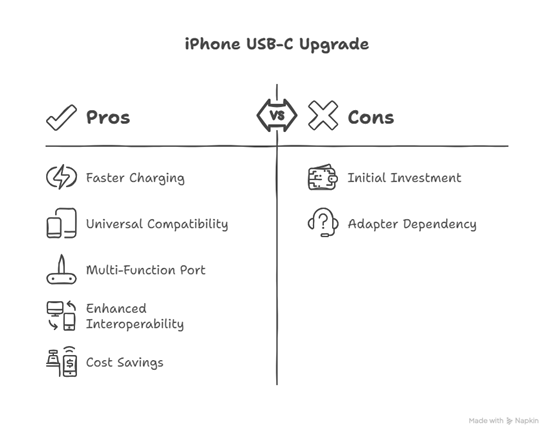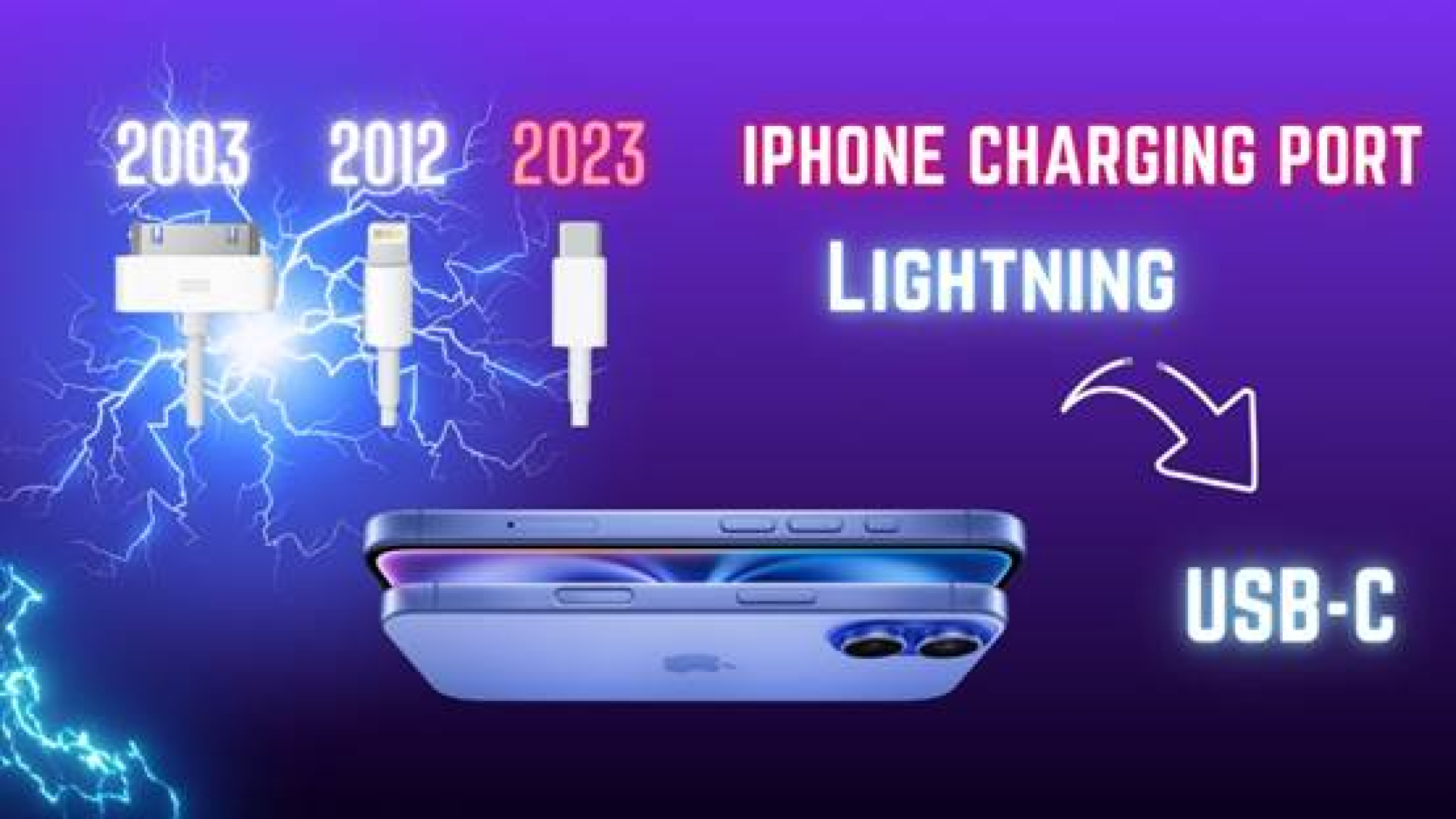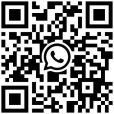For years, Apple held onto its proprietary Lightning port, leaving iPhone users with a separate cable while the rest of the tech world embraced USB-C. But with the iPhone 15 and now the iPhone 16, Apple finally made the switch. Was it innovation, or was there something bigger at play?
Let’s break it all down—why Apple resisted for so long, how the EU’s regulations forced its hand, and what this shift means for your next iPhone upgrade.
Why Did Apple Switch to USB-C? Apple: The Move is Not Volunteer!
Yes, the switch wasn’t entirely voluntary. The European Union’s Common Charger Rule pushed Apple (and other tech giants) toward USB-C.
What Is the EU Common Charger Rule?
For over a decade, the European Union has been fighting a battle against electronic waste (e-waste) and consumer frustration caused by a mess of incompatible chargers. The result? The EU Common Charger Rule, a regulation designed to standardize charging across smartphones, tablets, and other small electronics.
The Problem: A Tangled Mess of Cables
Before this rule, every tech company had its own charging port—Apple with Lightning, Samsung with Micro-USB (and later USB-C), and others using proprietary connectors. This meant:
- More e-waste: Old chargers became obsolete, piling up in landfills.
- Consumer inconvenience: Needing different cables for different devices.
- Unnecessary costs: Buying new chargers with every device.
The Solution: One Charger to Rule Them All
In 2022, the EU officially passed legislation requiring all new smartphones, tablets, and small electronics sold in Europe to use USB-C by the end of 2024. Key requirements include:
- USB-C as the standard port for wired charging on phones, tablets, e-readers, and more.
- Harmonized fast charging: Companies must adhere to the same power delivery standards, so all USB-C chargers work efficiently.
- Unbundling chargers: Companies can sell devices without including a charger (which Apple already did), but the port itself must be USB-C.
Therefore, does the iPhone 16 come with a charger?
Sorry, but nope! The iPhone 16 and 16 Plus do not come with a power adapter (charger), but a USB‑C Charge Cable is included.
For iPhone Users: Can We Benefit from the Charger Revolution?
Set your mind at rest, the advantages are taken.
Apple’s shift from Lightning to USB-C is a major upgrade for iPhone users. While Lightning had its perks, USB-C brings faster charging, universal compatibility, and future-proof versatility. Here’s why the change is a big win:
Faster Charging & Data Transfer
The limitations of Lightning's USB 2.0 technology (maxing out at 480 Mbps) became increasingly apparent as iPhones gained professional-grade camera capabilities. Transferring large ProRes video files or full device backups could take frustratingly long.
With USB-C, particularly on iPhone 15 Pro and newer models supporting USB 3.2 or Thunderbolt 3, users now experience transfer speeds between 10-40 Gbps - up to 80 times faster than before.
This speed revolution extends to charging as well, with USB-C enabling power delivery up to 27W or more compared to Lightning's 18W maximum, meaning users can spend less time tethered to outlets.
Universal Compatibility
The beauty of USB-C lies in its near-universal adoption across modern electronics.
No more carrying separate cables for your MacBook, iPad, Android phone, and other gadgets. Whether you're using professional cameras, wireless headphones, Nintendo Switch, or even modern power banks and car chargers, chances are they all use USB-C.
No more familiar frustration of being the only iPhone user in a group needing a special cable, or digging through drawers full of obsolete proprietary chargers.
Multi-Function Port (Beyond Just Charging)
USB-C transforms the iPhone's port from a simple charging interface into a powerful multi-purpose connection hub. Users can now output true 4K video directly to monitors without expensive adapters.
Creative professionals can plug in external SSDs to edit 4K video projects directly from their iPhone. Audiophiles benefit from support for high-quality external DACs, while professionals can connect Ethernet adapters for stable wired internet or MIDI controllers for music production - all through this single, versatile port.
Enhanced Device Interoperability
The shift to USB-C creates unprecedented harmony within Apple's ecosystem and beyond. A single high-quality USB-C cable can now charge and sync your MacBook, iPad, and iPhone, simplifying travel kits and workspace setups.
The standardized port also encourages development of more sophisticated third-party accessories like docking stations and peripheral hubs that previously couldn't interface properly with Lightning devices.
As the tech industry continues converging on USB-C (with potential future expansion of EU regulations to include laptops), iPhone users can feel confident their devices will remain compatible with emerging technologies.
Potential Cost Savings
While Apple's environmental arguments for removing chargers from boxes were controversial, the move to USB-C does offer genuine cost-saving opportunities for consumers.
Many users already own USB-C chargers from other devices that will work perfectly with new iPhones. The standardization means fewer specialty dongles and adapters are needed.
Perhaps most valuable is the long-term investment protection, as USB-C becomes increasingly dominant across all electronics, iPhone users won't face premature obsolescence of their charging accessories and can take advantage of competitive third-party options rather than being locked into Apple's proprietary ecosystem.

Choosing the Right iPhone USB-C charger for Your iPhone 16 (Since Apple Doesn’t Include One)
To ensure fast, safe, and efficient charging, here’s what to look for:
Supports USB Power Delivery (PD)
- USB-PD is a must—it’s the fast-charging standard used by iPhones.
- Avoid cheap chargers that only support basic 5W charging (they’ll work but charge painfully slow).
- Look for "USB-C PD" certification to ensure compatibility.
Wattage (How Fast Can It Charge?)
- 20W: Minimum for decent fast charging (up to 50% in ~30 mins).
- 30W+: Better for future-proofing (especially if you have an iPad or MacBook).
- Avoid super-high wattage (65W+) unless you also charge laptops—iPhones won’t use the extra power.
The Right USB-C Cable Matters Too
- Must be USB-C to USB-C (the iPhone 16 doesn’t support Lightning anymore).
- MFi-Certified (Apple-approved for safety and performance).
- Braided cables last longer than cheap plastic ones.
Safety & Certification
- Look for UL, CE, or FCC certification to avoid overheating risks.
- Avoid no-name brands—poor quality chargers can damage your battery over time.
- GaN (Gallium Nitride) chargers are more efficient and compact.
Huntkey iPhone USB-C Fast Charger Can Have You Covered
Huntkey offers a range of high-quality USB-C chargers designed to meet Apple’s fast-charging standards while keeping your device safe.

Our phone charger lineup includes compact GaN chargers in various wattages (from 20W to 100W), ensuring optimal charging speeds whether you're powering up just your iPhone or multiple devices at once. Many of the gears also come with a durable USB-C to USB-C cable, providing a complete, hassle-free charging solution.
If you're looking for a reliable, future-proof charger for your iPhone 16, Huntkey’s USB-C PD chargers are a smart investment.
Explore Huntkey’s charger collection here:
👉 Explore Huntkey’s charger collection here: Huntkey USB-C Chargers for iPhone







